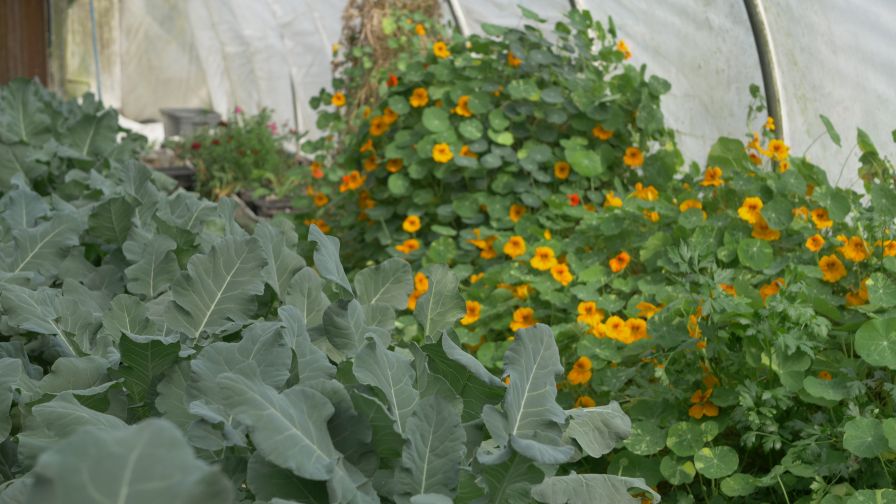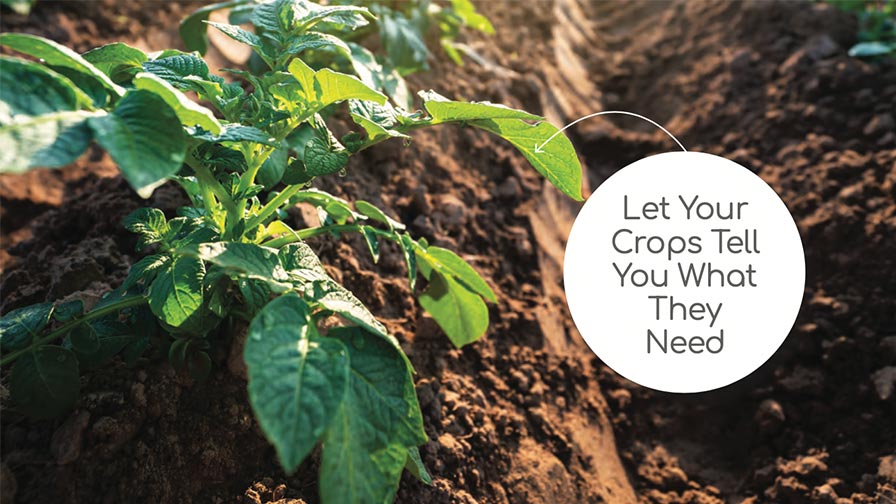Tips and Tricks to Make Growing Hydroponic Vegetables Easier
Are you new to the hydroponics world? Have you been trying to break into growing hydroponics and finding the upkeep difficult Hydroponics is very popular for growers looking for an easy way to deliver nutrients directly to their crops resulting in bigger yields each season.
Here are what growers have to say were the most important tips and practices for new and existing growers.
Have a Good Temperature Set Up
Temperature is a very important variable to focus on when growing hydroponics. Water temperature can make or break your crop yield. It imperative for growers to invest in proper heating systems for their tanks.
Keeping your water at the proper temperature for your crops is vital as it can help keep the water oxygenated to prevent fungus from forming in the tanks.
Donald “Mark” Robinson, owner of Tega Hills Farm, recommends Pentair for those looking for a heating solution. “We’ve been able for about five year to keep our tank water at approximately 70 to 72 degrees,” says Robinson. “Water as it gets warmer, has less capacity to hold oxygen.”
Don’t Forget the O in H2O
Despite being made of oxygen itself, water does need to be oxygenated to keep fungus and rot from developing in the tank.
“Once you get Pythium rot in your tank, it is almost impossible to stop it,” Robinson says. “And it basically destroys your crop.”
A good oxygen system can prevent fungi from growing such as Pythium, Robinson says. He uses the TOOB solution, which delivers oxygen directly to the water to prevent anaerobic bacteria and fungi from forming in the tanks.
Keeping Up with Nutrients
When growing hydroponically, nutrients are key. Therefore, it is imperative to have a system to properly measure out and monitor nutrients.
Robinson recommends the free, open-source application known as HydroBuddy. It calculates which nutrients need to be added. The application does the math for you so you can easily manage your nutrients.
Fungus is Not Your Friend
Fungus loves moist, anaerobic environments, which means hydroponics are at risk for fungus growth. It just takes one little spore to end up killing an entire tank of crops.
Even if you properly oxygenate your tanks, sometimes fungi will still find a way to grow.
“I use an antifungal mix of neem, potassium bicarbonate, oil of oregano and Dr. Bronner’s Organic Soap,” says Kimi Miller, owner of Misty Farms. “So far this is working at about 90%.”
Neither are Moths and Caterpillars
Hydroponics are sadly not immune to pests.
“Any female moth that gets in your greenhouse is going to lay eggs,” says Miller. “Because it’s an ideal place for their caterpillars.”
In order to keep moths under control in his greenhouses, Robinson recommends DiPel, which is an organic solution, toxic to only the moths and caterpillars keeping your crops food safe and keeping your water healthy as well.
YouTube is your friend
While YouTube is most known for being an entertainment platform and home to adorable cat videos, it also offers how-to videos for growing hydroponics.
Miller uses YouTube to find solutions for issues that may arise.
“I saved a lot of effort by doing research on what other people have tried … and then learning what works for me,” says Miller.
Growers turn to YouTube to share tips, tricks, and troubleshooting. If there is a problem, a quick search on YouTube or Google may net you some answers and step-by-step solution you are looking for.
Finally, be patient
Growing hydroponically takes skill, which you gain through experience overtime. Try out different solutions and see what works best for your tanks, Miller says. She says being patient with yourself is the best way to help you on your way to growing hydroponics successfully.












